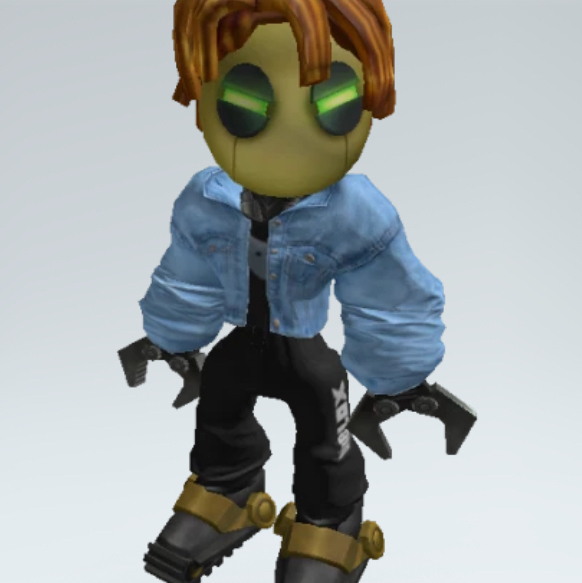
6.4k
Runs
1
Followers
4
Following
Dallas Christian Diamond
@fffh
No bio ...yet
Sims
© 2025 aSim. All rights reserved.

See Dallas Christian Diamond's profile on the app
Follow your friends and make your own Sims on the app.
Download aSim
No bio ...yet

Follow your friends and make your own Sims on the app.
Download aSim